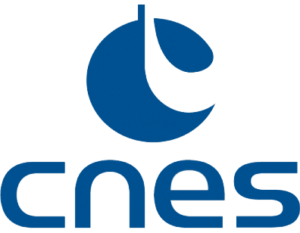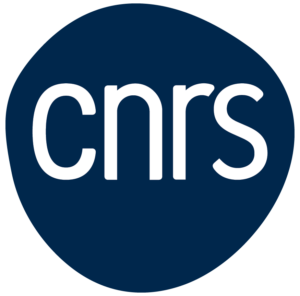
POLARIS is technological facility currently under re-labellisation procedure by AMU and CNRS.
The facility offers a wide panel of technological services and expertise in optical fabrication and optical metrology. We have the capability to manufacture aspherical optical mirrors with diameters up to 1200mm with the stressed-mirror polishing technique developed at LAM since the 1960s.
The facility possess a wide range of state-of-art equipements for the metrology of optical components and systems: interferometry, wavefront sensing, profilometry, microscopy, rugosimetry, spectrophotometry, goniophotometry, photometry.
The facility alos develops and maintains expertise in structural gluing (mechanical and/or optical).
The objective of POLARIS is two-fold: supporting the LAM instrumental projects for ground and space missions; supporting external clients (both institutional and industrial).
Pages related to optical fabrication and metrology control of optical surfaces:
- Principle of stressed-mirror polishing
- Equipments for optical fabrication and metrology control of optical surfaces
- Examples of optical fabrications.
Pages related to metrology of optical components and systems (characterizations, alignments):
- Equipments for optical metrology and alignment
- Examples of supports for internal and external activities (internal: support to LAM projects; external: for external clients).
The people involved in the activities of the facility are:
- Management Committee (COPIL): Christian Surace (technical director of LAM; christian.surace@lam.fr) + Johan Floriot (POLARIS head; johan.floriot@lam.fr) + Nataly Garcia (LAM administrative head; nataly.garcia@lam.fr)
- POLARIS head: Johan Floriot (johan.floriot@lam.fr)
- Optical fabrication, optical metrology and gluing: Michel Marcos (michel.marcos@lam.fr)
- Logistic support: Pascal Landerecthe
- Administrative support: Nataly Garcia and Lilia Todorov (administrative management); Christophe Sehim (procurements)
- Technical and scientific expertise: Kjetil Dohlen (kjetil.dohlen@lam.fr), Marc Ferrari (marc.ferrari@lam.fr) et Emmanuel Hugot (emmanuel.hugot@lam.fr).




